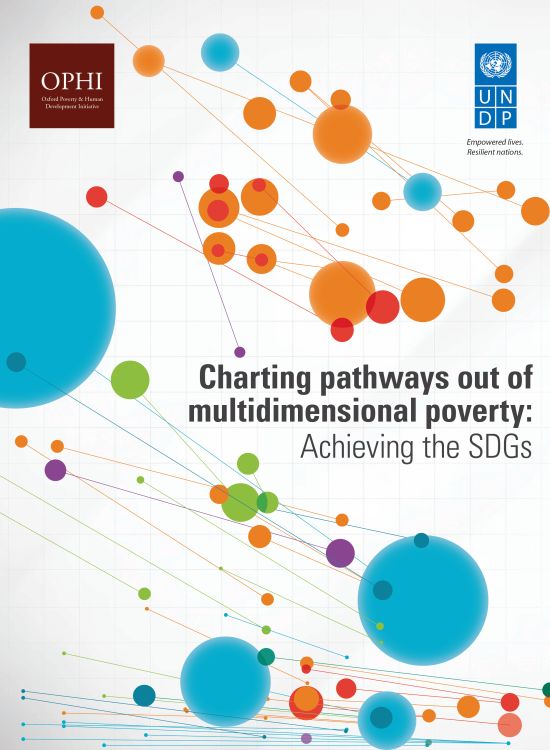2020 Global Multidimensional Poverty Index (MPI)
Charting pathways out of multidimensional poverty: Achieving the SDGs

Download Report by Language
Citation
UNDP (United Nations Development Programme). 2020. 2020 Global Multidimensional Poverty Index (MPI): Charting pathways out of multidimensional poverty: Achieving the SDGs. New York.
2020 Global Multidimensional Poverty Index (MPI)
Charting pathways out of multidimensional poverty: Achieving the SDGs
Posted on: January 01, 2020
Launched in 2010 by the Oxford Poverty and Human Development Initiative at the University of Oxford and the Human Development Report Office of the United Nations Development Programme for the flagship Human Development Reports, the global Multidimensional Poverty Index (MPI) measures the complexities of poor people’s lives, individually and collectively, each year. This report released 10 years after that launch focuses on how multidimensional poverty has declined. It provides a comprehensive picture of global trends in multidimensional poverty, covering 5 billion people. It probes patterns between and within countries and by indicator, showcasing different ways of making progress. Together with data on the $1.90 a day poverty rate, the trends monitor global poverty in different forms.
This is a key moment to study how nonmonetary poverty goes down. It is 10 years before 2030, the due date of the Sustainable Development Goals (SDGs), whose first goal is to end poverty in all its forms everywhere. And it is a year when a pandemic and economic slowdown are pushing many more into poverty, while the spectre of racism still haunts, and environmental threats such as locusts surge.
Multidimensional poverty is strongly associated with other SDG challenges. Concentrated in rural areas, multidimensionally poor people tend to experience lower vaccination rates and secondary school achievement, insecure work and greater environmental threats. By detailing the connections between the MPI and other poverty-related SDGs, the report highlights how the lives of multidimensionally poor people are precarious in ways that extend beyond the MPI’s 10 component indicators.
The COVID-19 pandemic unfolded in the midst of this analysis. While data are not yet available to measure the rise of global poverty after the pandemic, simulations based on different scenarios suggest that, if unaddressed, progress across 70 developing countries could be set back 3–10 years.